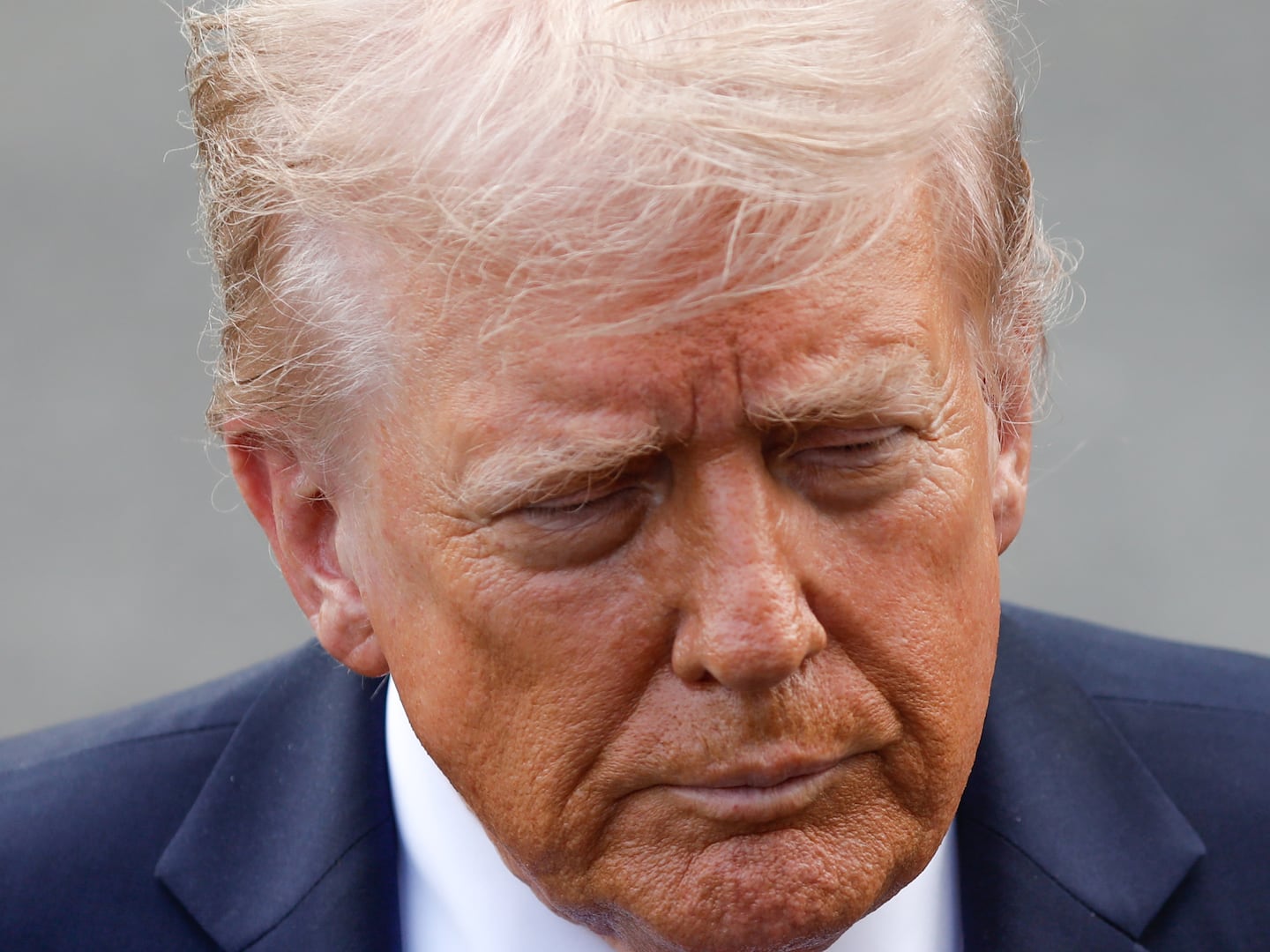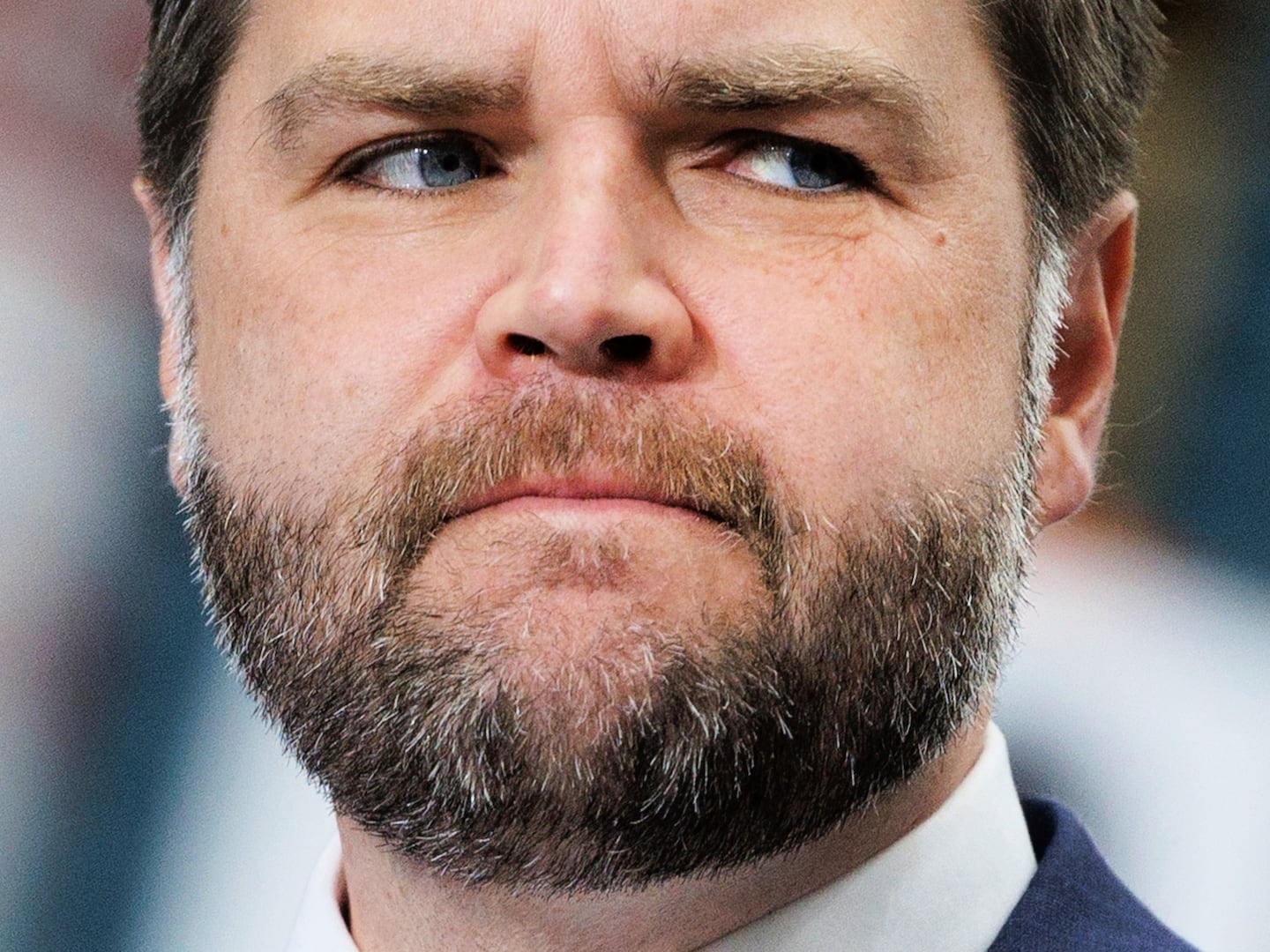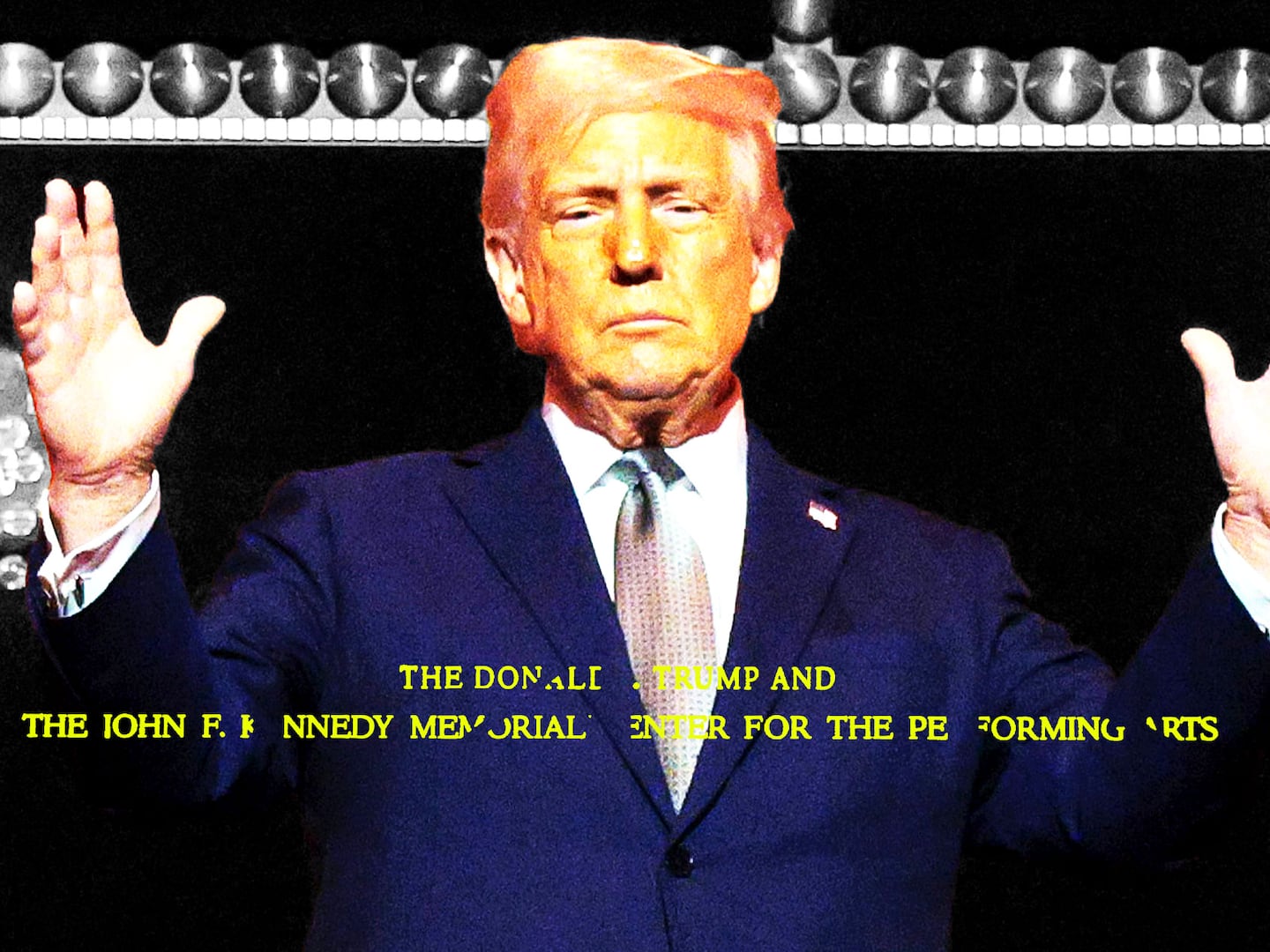Around 25 years ago, I went to see the Mona Lisa in Paris. I was a college kid railpassing across Europe, and was excited to see the famous painting.
Unfortunately, other people were too. The “Mona Lisa room” was a shit-show, packed with tourists snapping photos of the iconic painting, in defiance of the world-weary security guard posted next to it.
Thanks to attacks on the painting by deranged men over the years, it was encased in an obtrusive glass case. Each time a tourist took a picture, the guard punished us, turning off the case lights and rendering the great work invisible.
Hardly a contemplative artistic experience. Fortunately, there were two other Leonardos in the room, to which no one paid any attention. I had a good time with those.
I thought of that ancient memory visiting the blockbuster Yayoi Kusama exhibit, Infinity Mirrors, now closing at the Hirshhorn Museum, part of the Smithsonian Institute in Washington, D.C.
Thanks to strict entry limits, the Hirshhorn was much less crowded than the Louvre was. But thanks to those same limits, getting to see the show had become all but impossible, and visitors to Kusama’s remarkable Infinity Mirror Rooms were allotted as little as 20 seconds to take them in.
Once again, probably not the contemplative experience Kusama, a pop culture icon at age 88, had in mind.
On the day I visited, the line snaked around the Hirshhorn’s cylindrical structure, populated by an eclectic mix of art pilgrims, tourists, and the merely curious. The attendees were a mix of thematically-dressed artsy types (lots of polka dots), apparent tourists, and a lot of normal folks on a beautiful spring day.
“We don’t actually know that much about her,” said one middle-aged couple, finishing each other’s sentences. “We just heard a lot of good stuff.”
Melissa Chiu, director of the Hirshhorn Museum and Sculpture Garden, said she wasn’t surprised at the response. “Yayoi Kusama’s international exhibitions consistently draw large and diverse crowds,” she told The Daily Beast. “While we were not surprised at the public’s enthusiasm, we were delighted by the breadth of the response, especially in the way the D.C. community and visitors from around the world came together to celebrate her as an artist.”
One polka-dot-wearing visitor from New York, who had waited in line for three hours to purchase a membership—which would then entitle him to an exhibit pass—said that Kusama “blew things up with Louis Vuitton and doing windows in New York and everything. She’s kind of amazing. She’s pop culture.”
The blockbuster art show is not a new phenomenon. The Met’s Treasures of Tutankhamun in 1978-79 clocked over 1.3 million visitors, and set the standard for the modern era. (Interestingly, Jaws and Star Wars set the standard for blockbuster films at around the same time.)
MOMA’s controversial 1990 High and Low and 2003 Matisse/Picasso (which New York magazine billed as “battle of the titans”), the Brooklyn Museum’s controversial Sensation, the Art Institute of Chicago’s Monet retrospective, every Whitney Biennial—for financial as well as aesthetic reasons, museums have long learned to program like Coachella and pitch like Donald Trump.
As the artist Richard Serra said in a 1980 interview, “I’m never sure anymore when I go to the Whitney, whether I will see Arnold Schwarzenegger flexing his muscles in the hall or another Edward Hopper retrospective, either one of which is essentially a sales pitch to bring in the masses.”
On the other hand, don’t high-profile exhibits fulfill the mission of museums to connect people to art? Sure, there are excesses, like the Guggenheim’s 1998 show on The Art of the Motorcycle, but if tourists want to queue up for four hours to immerse themselves in the work of Yayoi Kusama, isn’t that a good thing?
Young Sun Han, a staff member at the David Zwirner Gallery who helped set up the Kusama installation, told The Daily Beast that “Everyone goes with different motivations… Her exhibitions are universally appealing at an intuitive level, and the promise of wonder is tied to the artwork.”
“It also happens to make a dazzling selfie backdrop,” Han added. “This is a natural progression of how we use technology to engage with art and share what we see. There are no impure reasons for wanting to see the show, and hopefully one finds a surprise they weren't expecting.”
Yet now it seems the blockbuster phenomenon has turned in on itself.
In the social-media-magnified age of viral reflexivity, the scarcity of tickets has itself become a selling point. Indeed, while the Hirshhorn worked hard to enable as many people to view the Kusama show as possible—“we implemented a new timed pass system, recruited over 100 guides and ambassadors, and launched the museum’s first audio guide,” said Chiu—other blockbusters seem to designed to maximize spectacle by minimizing the number of people who can actually see it.
I’ve seen three such shows in 2017 alone, all of which were practically impossible to get into: the fantastic Tooting Arts Club production of Sweeney Todd, in which around 100 lucky audience members are crammed into a facsimile of a grotty English pie shop (the musical director was a friend of a friend); Doug Wheeler’s PSAD Synthetic Desert III, an entirely silent installation at the Guggenheim (tickets for May sold out on April 1); and the impeccably curated Red Bull Music Academy, which kicked off with “a ten-hour ambient and transcendent music experience” in a tiny venue in Bushwick, made even more tiny by the installation of a somewhat awesome but somewhat absurd hipster jungle gym/chill space for those few hipsters able to somehow wangle a ticket (I had a press pass).
All of these were sublime, but also almost inaccessible. The music at the RBMA event, for example, was often transcendent, with obscure older artists like Malcolm Cecil (the synth genius behind Stevie Wonder’s best albums) and Laraaji (a Brian Eno collaborator) meeting younger ones like Juliana Barwick and Chino Amobi.
But the crowd was so beautiful, so small, and sooo Bushwick that it seemed like another salvo in Red Bull’s canny marketing strategy, which has included sponsoring a stealth camp at Burning Man to rebrand itself from poor man’s cocaine to hipster aperitif. (As my plus-one quipped, “Red Bull sponsoring an ambient festival? That’s like Sleepytime Tea sponsoring NASCAR.”)
And God help me if I can’t get a press pass to RBMA’s presentation of Solange Knowles at the Guggenheim later this month. In some kind of quantum wave function, tickets for that one sold out before they even went on sale.
It’s almost as if the fewer people who can see this art, the cooler it is. The biggest blockbuster is now the blockbuster that no one can get into.
And so we’ve come full circle: “high” art once viewed only by elites, then democratized by the socioeconomic forces that led to the blockbuster, then re-elitized in the age of social media, in which buzz and “influencers” are better for a brand (be it a museum’s or a soft drink’s) than huddled masses yearning to take a selfie.
At the Hirshhorn, where the crowds couldn’t be accommodated even at only 20 seconds per person, I thought of Kusama herself, who has struggled with mental illness and given very few interviews over the years, and whose art is infused with a sense of innocence and wonder.
Her enclosed spaces are sanctuaries for introverts, infinite spaces contained in small, private chambers. I wanted to feel a connection with her, through her art, and sometimes I felt like I did, when I could get a moment more or less to myself anyway. I think a lot of other people wanted that too.






